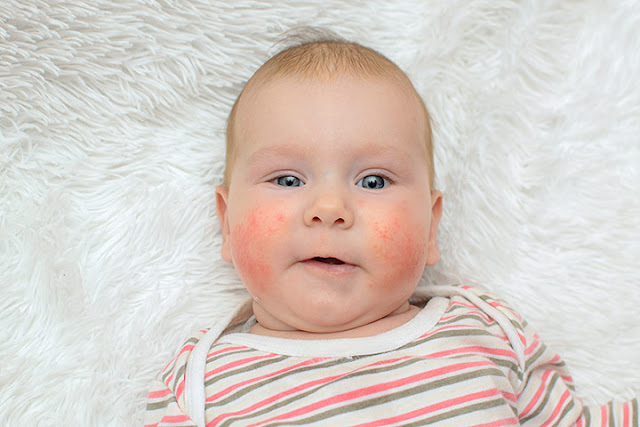Does your Baby Show Weird Reactions to Certain Foods?
 |
| Food Sensitivity is Hard to Identify
Food sensitivity is seen across the population, from babies to
the elderly. Some babies are sensitive to some foods but, the main concern here
is to know which foods. Reactions such as a rash, diarrhea or vomiting are indicative
of food sensitivity in your infant. Please understand that food allergy and
food sensitivity are two different issues and one needs to understand the
difference between the two, especially in the case of children, as it can have
important nutrition implications in growing children. A food allergy is when
the immune system reacts to a food that it finds to be threatening. On the other
hand, a food sensitivity is hard to identify as it has a delayed response in
the body. Also, there is no crystal-clear test to pin point a food sensitivity.
But, the good news here is that most babies grow out of these food
allergy/sensitivity issues once their digestive systems mature. It is also the
parents’ responsibility to monitor the baby for food reactions.
·
Maintain a food journal noting down everything your baby eats.
Keep a detailed log of symptoms encountered such as rashes, tummy aches,
headaches and bowel movements. Until you are sure about the foods that upset
your baby, feed your baby on single-serve infant cereals, plain fruits,
vegetables and meats instead of mixed varieties. If you feel that your baby has
a reaction to a specific food, stop feeding that food immediately.
·
Introduce one new food at a time and wait for any reactions
before introducing another new food. This way, you are sure to become aware of
the problem-causing food, if any.
·
If you find any food to cause significant problem, it is better
to talk to your baby’s doctor and come up with a plan that is best for your
child. After consulting your pediatrician/ allergist, seek the help of a
registered dietitian nutritionist. An RDN at www.firsteatright.com can recommend the foods
safe for your child’s consumption and design a meal plan avoiding the problem-causing
foods to fulfill your child’s nutritional needs.
|


Comments
Post a Comment